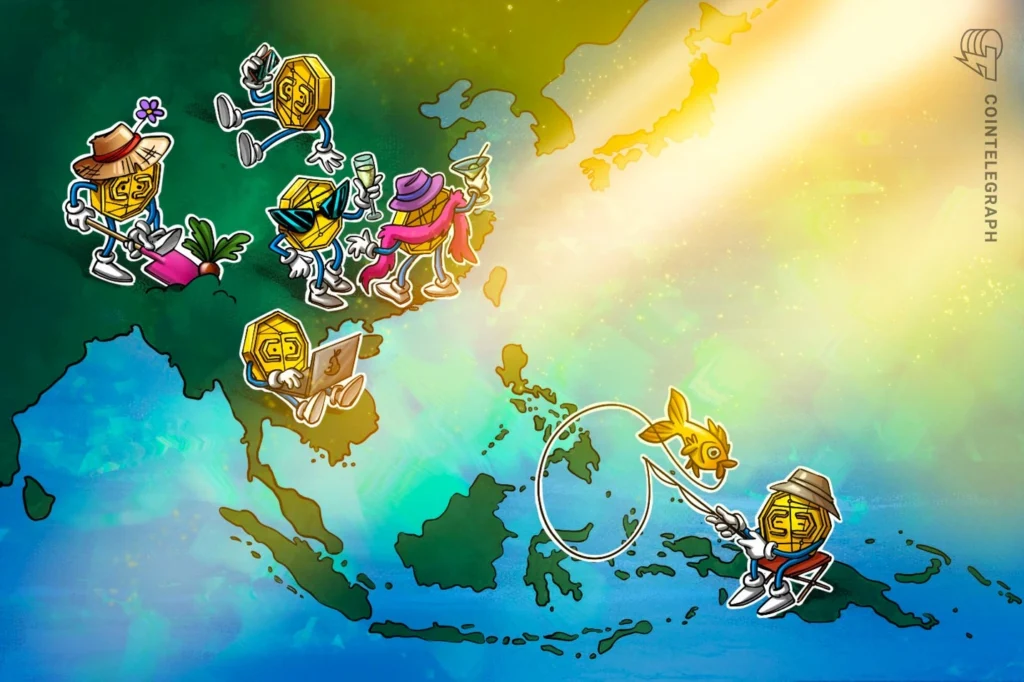Understanding the Rise of Web3 in Southeast Asia: A Regional Deep Dive
Introduction: Exploring Southeast Asia’s Web3 Evolution
Web3 — the umbrella term for decentralized internet technologies built on blockchain — is slowly gaining real traction in one of the world’s most dynamic regions: Southeast Asia. While the buzz often surrounds the West, Web3 Southeast Asia has started carving out its own path, with promising signs across infrastructure, innovation, and real-world application.
This article explores the unique factors making Southeast Asia fertile ground for Web3, the challenges ahead, and why it’s a region the world should be watching.
Regional Readiness: Why Southeast Asia Is Poised for Web3

Several overlapping dynamics give Southeast Asia a distinct edge when it comes to embracing decentralized technologies.
- High Mobile Penetration, Low Traditional Banking Access
With over 70% mobile penetration across most Southeast Asian countries — but large segments of the population still underbanked — there’s a strong case for mobile-first, blockchain-based financial solutions. DeFi platforms could provide access to credit, savings, and transfers for people excluded from conventional banks. - Youth-Led Digital Cultures
The region’s median age hovers around 30, making it one of the youngest and most digitally active populations globally. Interest in gaming, crypto, and social innovation is widespread — a fertile user base for emerging Web3 products. - Startup Ecosystem Growth
Cities like Singapore, Jakarta, and Ho Chi Minh City are seeing a surge in tech startup activity, with blockchain ventures forming part of that mix. Venture capital interest in Southeast Asian Web3 projects is growing, albeit still cautiously.
Government Involvement: Navigating Regulation and Support

Governments across Southeast Asia are approaching Web3 with a mix of curiosity, caution, and calculated experimentation.
- Singapore has arguably the most advanced framework, providing clear licensing for digital asset exchanges and fostering innovation via regulatory sandboxes.
- Thailand and Indonesia have taken early steps to define crypto taxation, consumer protections, and pilot programs for digital identity systems.
- Other countries like Vietnam and the Philippines are less formalized in regulation but are actively monitoring developments and engaging with local Web3 communities.
Educational institutions, central banks, and tech ministries are increasingly exploring how blockchain might enhance everything from public service delivery to cross-border trade.
Case Studies: Early Adoption in Action

Let’s explore a few real-world examples that show how Web3 is already being tested across the region:
- Play-to-Earn Gaming (Philippines):
Axie Infinity’s viral success in 2021 highlighted both the possibilities and pitfalls of blockchain-based income. It demonstrated the potential for Web3 to intersect with labor and entertainment. - Decentralized Finance (Vietnam & Indonesia):
Several startups are offering crypto-based lending, insurance, and yield farming to local users. Many of these tools aim to serve the unbanked and the micro-entrepreneurial class. - Digital Identity Solutions (Thailand):
Blockchain identity pilots are in progress to streamline access to services for citizens lacking formal documentation.
These use cases are helping shape the perception of Web3 from mere speculation to tools with practical utility.
Challenges and Limitations: Bridging the Gaps

Despite the momentum, Web3 Southeast Asia still faces several hurdles:
- Infrastructure Disparity: Rural areas often lack the internet connectivity needed to access decentralized platforms reliably.
- Regulatory Uncertainty: The speed at which new crypto and blockchain rules are drafted (or delayed) creates confusion and inconsistency.
- Security and Scams: Many users lack crypto literacy, making them vulnerable to phishing, rug pulls, and Ponzi schemes that thrive in loosely regulated environments.
- Talent Gaps: While developer talent is growing, the region still faces a shortage of experienced blockchain engineers and architects.
Addressing these challenges will require education, cross-sector collaboration, and smart governance.
The Road Ahead: A Region to Watch Closely

If Web3 is truly about decentralization and inclusion, Southeast Asia might be one of its most important test beds. The combination of demand (from the underbanked), digital fluency (among the youth), and innovation (from startups and governments alike) positions the region uniquely.
Web3 Southeast Asia is not without its flaws — but it has momentum, and perhaps more importantly, relevance. Whether for remittances, identity, or creator economies, the region is already experimenting with how blockchain might solve very local problems.
As global interest in Web3 matures beyond hype, Southeast Asia’s grounded, practical approach may very well serve as a model for scalable, human-centric innovation.
Relevent news: Here




